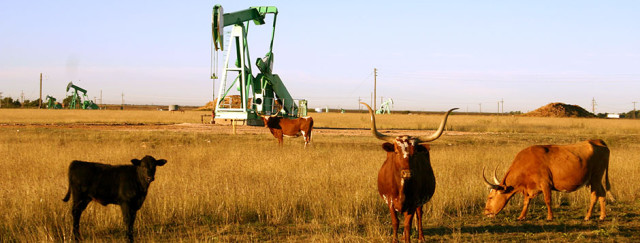All information is provided for informational purposes only and considered “as is,” — not intended for trading purposes or advice — lexstarenergy.com or any representatives are not liable for any informational errors,incompleteness, or delays, or information contained herein. To obtain further information, you must complete our questionnaire and meet the suitability standards required by law. The interest may be sold only to accredited investors, which for natural persons, are investors who meet certain minimum annual income or net worth thresholds. The securities are being offered in reliance on an exemption from the registration requirements of the Securities Act and are not required to comply with specific disclosure requirements that apply to registration under the Securities Act. The Commission has not passed upon the merits of or given its approval to the interest, the terms of the offering, or the accuracy or completeness of any offering materials. The interest are subject to legal restrictions on transfer and resale and investors should not assume they will be able to resell their interest. Investing in oil and gas involves risk, and investors should be able to bear the loss of their investment.

Direct Investments in Oil & Gas Drilling – What You Need to Know
The recent spike in crude oil prices – U.S. benchmark West Texas Intermediate (WTI) crude oil reached $108 per barrel as of July19 – is negatively impacting drivers this summer. Consequently, the average price for a gallon of gas in the U.S. increased to $3.55 a gallon, according to AAA. Crude oil has risen from about $97 per barrel on July 1. Some claim a couple factors are causing the rise: a) unrest in Egypt that could affect oil shipments through the Suez Canal and b) a rise in demand for oil and gas in the United States (as indicated by a drop in U.S. supplies of oil and gasoline).
Higher Crude Prices May Equate to Better Oil & Gas Investment Returns
Those with the means to invest in oil and gas have taken notice of higher crude prices, too. While others may be concerned with how much their summer road trip will cost in gas fill-ups, accredited investors are pondering how they might participate in the potential returns of direct investments in oil and gas drilling. Of course, the price of crude today, and in the future, is important, it’s just one component of what some believe to be a fairly complex investment. Let’s take some of the mystery out of oil and gas direct investments by explaining some of investment factors one should know before investing.
The Offering
In an oil and gas investment, investors own an actual fractional working interest in the well(s) itself, thereby earning a percentage of the profits derived from that well(s). Other times, the investment is structured as a participation in a general or limited partnership, a joint venture, or limited liability company. In that arrangement, the business entity owns the working interests in the wells, but the investor contracts for a percentage of those profits.
Three types of oil and gas programs
Oil well drilling. Oil and gas investments are usually sold as part of a drilling program. Investor funds are used to finance the drilling of the oil or gas well(s), and the participating investors, as a result, earn a portion of the proceeds of the well output once it begins to produce.
Oil well production program. Oil and gas investments may also be sold as part of an “oil production program,” where the wells are already drilled and producing. Investor funds are used for maintenance and operational expenses.
Oil well rework. Sometimes an oil and gas investment might involve a well “rework,” where drilled but non-producing or under-producing wells are updated or repaired in various ways so they can produce again. Some oil and gas investments mix two or all three types of programs within the overall investment offering.
For Sophisticated Investors
There is a regulatory presumption that affluent investors are more sophisticated investors, needing less consumer protection than smaller investors. Nonetheless, these investors must be accredited. Accredited investors must meet certain net worth and income thresholds to buy private securities, such as oil and gas investments.
Unique Tax Advantages
Oil and gas investment programs usually offer unique tax benefits to investors. For example, the tangible and intangible drilling costs may be deductible. Investors may be able to deduct almost their entire investment as a business expense in the year they invested. The deduction might offset self-employed income for self-employment tax purposes. Additionally, the deduction/loss is not limited as a passive loss. Finally, when the oil and gas investment begins to payoff, the ensuing income is treated as regular income for tax purposes, and is not considered self-employment income.
Speculative Nature
Oil and gas investments are more speculative in nature than other types of investments, albeit with greater potential rewards. Since they are speculative in nature, oil and gas offerings are suitable only for those investors who are well informed, accredited and willing to invest, given the risks-reward tradeoff.






No Comments